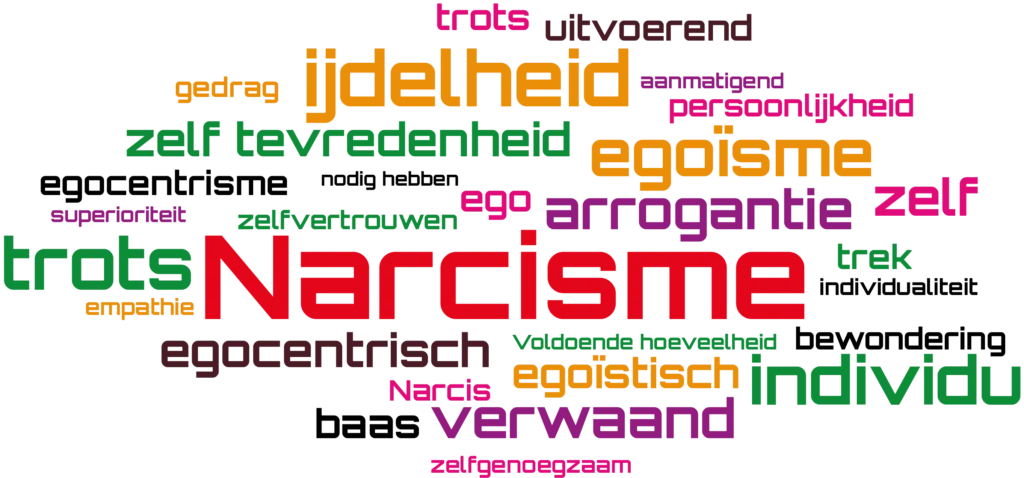Narcissistic Traits on LinkedIn
Research shows that certain elements of LinkedIn profiles can indicate narcissistic tendencies. Notable indicators include following influential people and companies, fewer smiles in profile photos, and frequent mentions in the “Awards” section, especially in organizations. Additionally, narcissists are more likely to use background images and explicitly list “speaking skills” as one of their skills. Their skills were identified using advanced machine learning techniques, where 64 different profile elements were analyzed and compared to scores on the Narcissistic Admiration and Rivalry Questionnaire (NARQ).1 Source
Impact on the workplace
Recognizing narcissistic traits on LinkedIn can be crucial to maintaining a healthy work environment. Executives with narcissistic tendencies often prioritize their own needs over those of their team, which can lead to low morale, productivity, and innovation. This can create a toxic work environment where:
- Creativity is suppressed because people are afraid to speak out.
- Cooperation becomes difficult due to lack of trust.
- Talented employees may leave because they cannot succeed in such an environment.
By being aware of these characteristics, both online and offline, we can take steps to protect our mental health and create more positive work environments.
Practical tips for examination
When screening candidates, it’s important to look beyond LinkedIn profiles. Look for a balance of confidence and humility in applicants’ profiles. Use these insights to navigate work relationships more effectively and compassionately, but remember that these characteristics are indicators, not definitive proof. You can leverage this knowledge to create a work environment that values individual contributions and teamwork, without letting narcissistic tendencies take over. It’s essential to foster a culture where diverse personalities can thrive, while staying alert to potentially toxic behaviors that can disrupt team dynamics. 2 Sources
balance and wisdom
When interpreting LinkedIn profiles, it is important to be careful and not rush to judgment. While some traits may indicate narcissistic tendencies, they are not definitive proof. It is important to use this information as a tool To inform interactions, not to label or stigmatize individuals. Strive to take a balanced approach by:
- Take a close look at your profile and think about your online presentation.
- Foster a balanced team culture that values diversity.
- To be aware of the complex dynamics of our digital professional world.
- Use this knowledge to build stronger, more effective teams without bias.

“Coffee buff. Twitter fanatic. Tv practitioner. Social media advocate. Pop culture ninja.”











More Stories
Which can cause an increase in nitrogen.
The Central State Real Estate Agency has no additional space to accommodate Ukrainians.
The oystercatcher, the “unlucky national bird,” is increasingly breeding on rooftops.